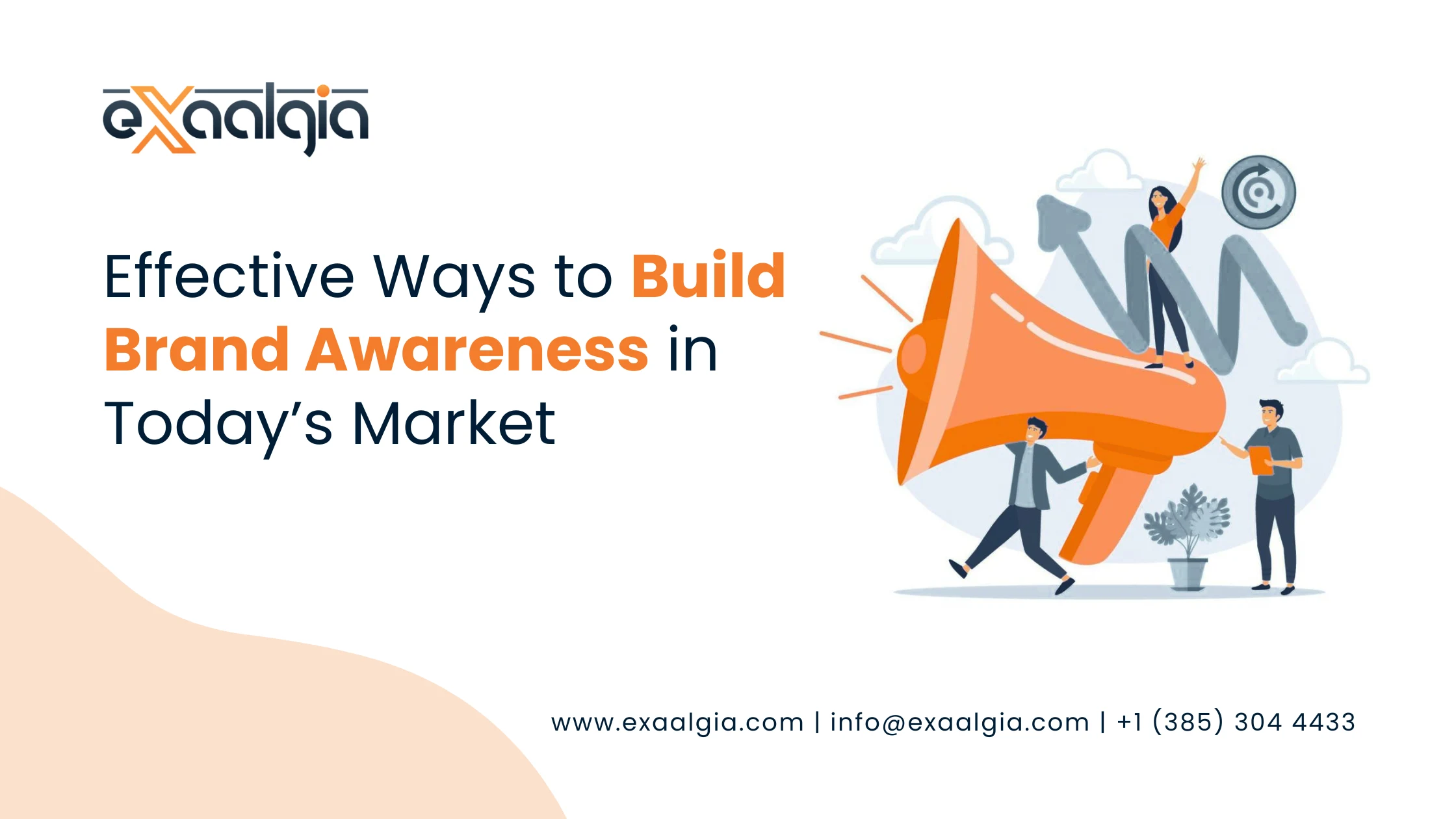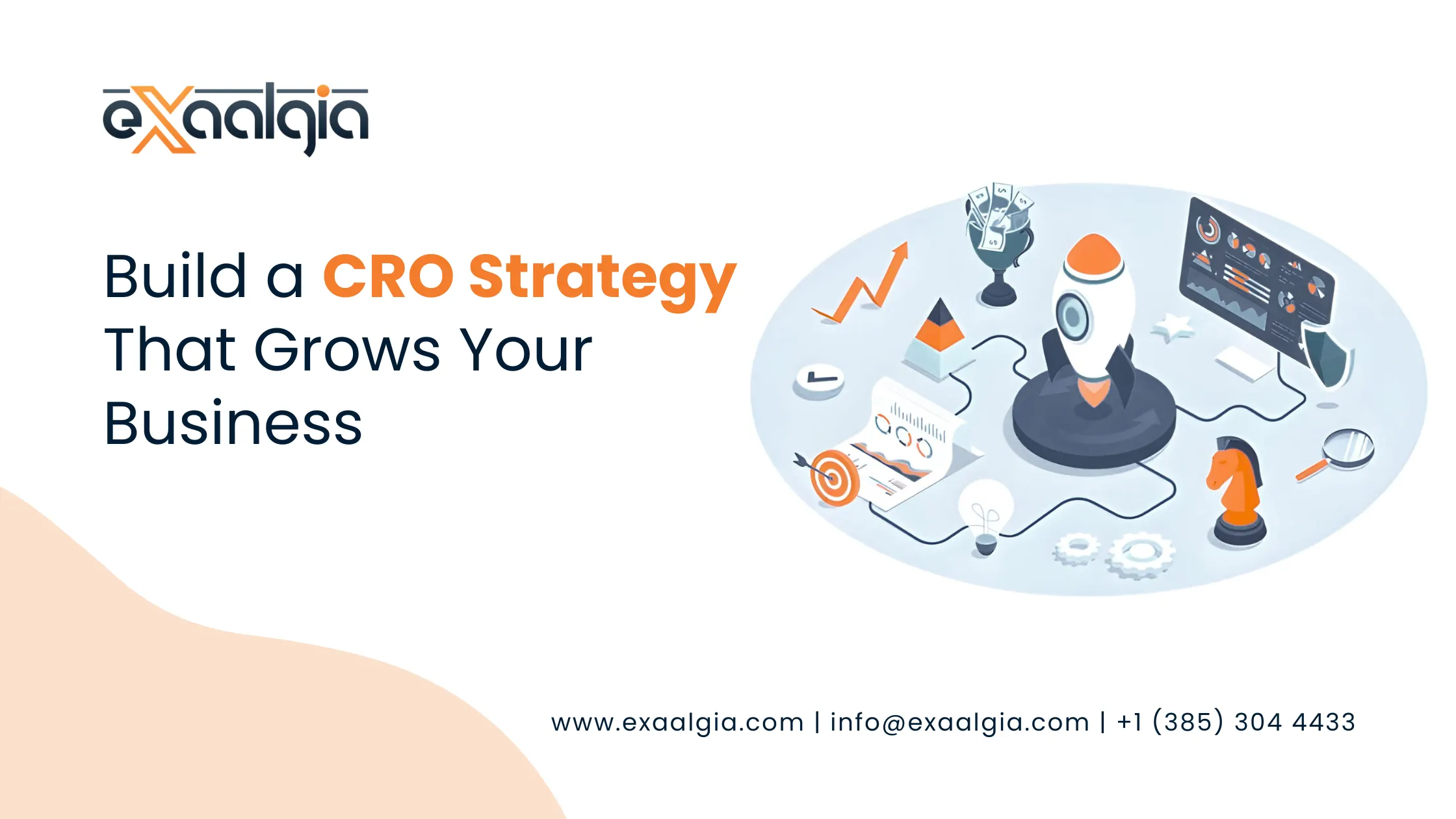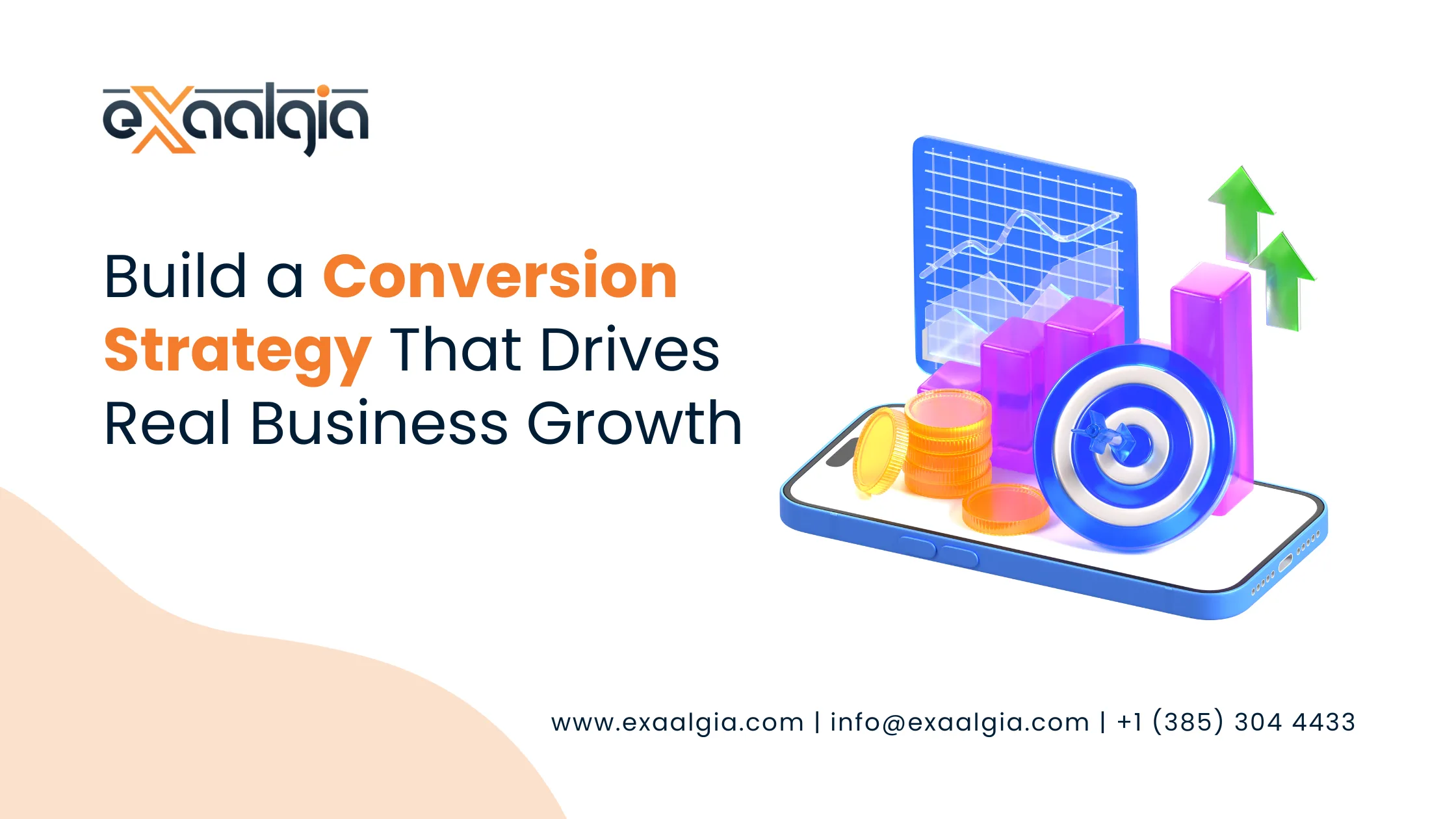Consider this guide to be an open discussion with an experienced mentor. We will go through the key strategic pillars and organic tactics that will make your brand heard above others, truly appeal to the target group, and eventually win a permanent spot in their thoughts.
The Importance of Brand Awareness Now More Than Ever
If you are a marketer, you are already aware of the disorder in the present day customer journey. It is non linear, it is broken, and it is characterized by endless distractions. Research shows that customers now check an average of ten different sources before making a purchase.
In this situation of overwhelming information and never ending competition, awareness serves as the fastest mental shortcut.
Familiarity Drives Conversion
It is a reality that people do not easily trust. Whenever consumers are presented with two similar options they are bound to select the one that is familiar to them. The reason for this is that the brands that are recognized feel inherently safe and less risky. This human tendency of choosing the familiar ones translates directly into conversions and, most importantly, customers’ loyalty that stands firm even during the eventual price wars.
The New Imperative: AI Visibility
One huge factor, which is quite new, we cannot neglect is the emergence of generative AI. When tools like ChatGPT or Google’s AI Overviews give answers to a question, they are already prioritizing brands that they consider authoritative. If your brand is not mentioned regularly in high quality content and authoritative sources, you will not be able to reach the AI-powered discovery channels.
Therefore, the process of building brand awareness has changed into one of acquiring frequent, high quality mentions that the new digital gatekeepers will recognize and cite.
Securing Brand Equity and Pricing Power
Awareness is the direct cause of equity. The company, which is acknowledged and appreciated by many people, will not have to struggle on pricing ground. They will be able to charge high prices, introduce new products with a lot less resistance, and, in a way, attract the most talented people. That accumulating recognition is what changes your logo from being just an image to becoming a measurable asset on your balance sheet.
What Defines a Brand That People Actually Remember?
Successful efforts to build brand awareness are never random acts of marketing. They come up as a direct consequence of the implementation of a deliberate, formalized strategy that is fixed on a very solid basis. To get into the tactics, the first thing you will have to do is to specify those three things: who you are, who your market is and why you are there.
1. Defining a Unified Brand Identity
The main reason for low level of awareness is the inconsistency. Whenever you change the message or the look between channels, you are making the audience put more effort into recalling the brand. It is very important to define the essence of your business.
Core Values and Mission: Make it very clear what your why is. It should be the base of your tone and messaging, serving as your internal compass.
Voice and Tone: Write down the attributes of your brand (for example, authoritative, humorous, empathetic). After that, check everything, from the support center to the social posts, to keep up the consistency through the whole organization.
Visual Guidelines: Be specific about your colors, fonts, and the use of your logo. Prepare a style guide that everyone in your team can consult.
2. Deep Audience Understanding
It is impossible to create a brand exposure without direct communication with the target audience. Trying to reach everyone is the surest way not to reach anyone.
Detailed Buyer Personas: Go beyond just knowing the age, gender, and other basic facts of your customers. Know what drives them, what they fear, and where they hang out online.
Customer Journey Mapping: Identify the ten or more points of contact your customer has with you before making a purchase. Knowledge of their sources means you will know where to establish your presence.
Unique Value Proposition (UVP): This is your one, strong answer to the question: “Why should I pick you?” All the efforts in creating awareness should be based on this clarity.
3. Strategic Distribution Planning
As soon as you identify your persona and your audience, then you will need a deliberate plan of communication to decide where to talk to them. Starting with a narrow strategy and then expanding later is the right way of thinking here. Identify one or two main channels that suit your target audience the most (e.g., LinkedIn for B2B thought leadership) and throw in your complete investment until you gain full control over there before distributing your resources widely.
Effective Organic Tactics to Expand Your Brand Reach
A very practical part of the marketing discussion comes in this section. The creation of a lasting impression will not break the marketing budget, rather it will be through the methods of consistency, authenticity, and value that cannot be denied. Gradually introducing the brand through these organic growth strategies will be your way to earn attention and increase trust at a faster pace.
Sharpen Your Brand Identity
Identity was our starting point, and once again we choose to begin with it as it is so crucial. A brand that is inconsistent is a brand that is easily forgotten. The appearance, sound, and feel of your business must be decided first before you allocate even one minute to execution.
Document Your Guidelines: Prepare an internal guide that presents your color palettes, accepted fonts, logo usage, and most importantly, the voice and tone of your brand.
Audit for Alignment: Go through each and every existing touchpoint, your website, email signatures, social media profiles, and customer service scripts, to make sure they perfectly mirror this documented identity. Unified branding builds memory and accelerates trust.
Make Your Profiles Discoverable
Your digital profiles are usually the first impression people get of you. Consider them as important discovery points that should always be complete, current, and visible with the highest possible visibility.
Google Business Profile (GBP): A fully completed GBP is of utmost importance for the local businesses. Make sure to include pictures of good quality, the correct operating hours, and the relevant keywords, and also to get customers to review you.
Social Bios: Consider each bio (LinkedIn, Instagram, TikTok, etc.) as a mini landing page. Incorporate your main keyword and an easy, concise value statement.
SEO for Social: YouTube and Pinterest are two examples of social media platforms that also function as powerful search engines. Titles, descriptions, and hashtags should be optimized to make your content searchable all over the web, not just the platform.
Collaborate to Grow
Through a strategic collaboration, we can borrow an audience that already trusts another entity instantly. This accelerates our reach untypically.
Micro Influencers: Celebrities should not be chased anymore. Instead, the emphasis should be on niche influencers whose audience may be small but is very engaged and is exactly your target demographic. Their endorsements are perceived as more genuine and therefore carry more weight.
Co-Branded Content: Form a partnership with an adjacent (non-competing) brand. A joint webinar, a shared ebook, or cosponsored event, etc., all at once introduces both brands to a new audience pool that is highly relevant to both of them.
Affinity Marketing: Look for common values. If your brand is a proponent of sustainability, team up with other certified ethical companies. A shared goal strengthens the bond and recall.
Build Bonds Through Interaction
A real dialogue boosts awareness the fastest way. If your target audience engages with your brand, they will most probably recall you better than if they just saw a passive ad.
Dialogues Between Two Parties: Make it a policy to respond to all comments and direct messages. This action will indicate to your community that you care and are paying attention. People to people communication hastens the bond between the brand and the customer.
Content that is Interactive: Live Q&A sessions (AMAs), live polls, and customized user experiences are some of the possible interactions you could organize. Think of how Spotify Wrapped, a campaign, utilizes personalization to create moments that are shared and more.
Making Moments for Sharing: Have users create, share and even report on content, tools, or other things that are very entertaining or highly valuable to them.
Test Everything
Guesswork is costly and time consuming. The fastest way to organically build brand awareness is to understand precisely which messaging and visuals resonate best with your audience.
Test for Resonance: A/B tests can be done quite easily to compare two different social media captions, email subject lines, or visuals, and determine which one drives the most clicks, comments, or shares.
Iterate and Refine: The data generated from these tests will allow you to continuously refine your brand’s core messages. The variants that win become your norm, thus ensuring every piece of content that you create works harder so that people can recognize you.
Connect Every Channel
Your audience is everywhere and nowhere at the same time. An efficient omnichannel strategy guarantees that your core message is made present and uniform in all places, customized to the peculiarities of each platform’s format.
Adapt, Don’t Copy: Never use the same content for all channels. Take a central idea and change how it is presented: a long-form article gets transformed into a short, visual carousel for Instagram and a 60-second summary video for TikTok.
Seamless Experience: The visual style of your email newsletter should immediately correspond to the aesthetic of your website landing page. Each and every touchpoint must feel like it is the same brand.
Offer Value (Without Expecting Anything In Return)
This is probably the first, yet the most effective, organic strategy: Give your audience premium, usable resources for nothing. This way, you set up trust through credibility and goodwill, which are the very factors that come before trust.
Free Tools and Resources: Provide free templates, calculators, resource libraries, or checklists that are related to your industry. A free tool that is useful can easily attract thousands of backlinks and brand mentions which are highly relevant.
Un-gated Content: No need to keep your top educational content behind a compulsory email sign-up. Let the value of your expertise flow freely. The trust you gain will eventually result in subscribers even more so in the long run.
Create A Thought Leadership Plan
Thought leadership is the act of strategically marketing your brand, or particularly your executives, as the most knowledgeable person in an area of your niche. Your problem should lead to your solution in thought.
Original Insights: Release uncommon data, carry out proprietary research, or offer a viewpoint that authentically disputes the existing practice in your industry.
Executive Presence: Make certain that your CEO or top talent is engaging on LinkedIn, sharing their individual viewpoints (not just reading the news from the company). This will be the trusted human face of your brand’s expertise.
Social Proof is generated
It is a general knowledge that people prefer to trust other people rather than brands. Social proof goes very far as an organic amplifier and it sends a signal to the new prospects that your brand is trustworthy and worth knowing.
Customer Testimonials and Case Studies: Don’t stop at simple text. Introduce video testimonials, before and after photo series, and detailed case studies that measure the value you provided.
Review Sites Take Advantage of: Constantly watch and request reviews on platforms specific to your industry (e.g., G2, Trustpilot). Having a strong and recent presence on these sites is vital for winning the trust of your prospects.
User Generated Content (UGC): Encourage and showcase content that was made by your customers (e.g., photos, creative uses). UGC is the most genuine type of brand advocacy that you can create.
Measure Brand Awareness Success
As brand awareness is a primary goal at the top of the funnel, it is not possible to limit the measurement of its success strictly to sales. The focus should be on leading indicators, which are metrics that give an indication of future sales. It is important to keep track of these metrics because they will tell you if your brand awareness building efforts are really effective.
| Metric | Description | Why It Matters |
| Branded Search Volume | The number of people searching for your brand name (or slight variations) directly in search engines. | This is the clearest sign that people remember you and are intentionally looking for you. |
| Direct Traffic | Website visits where the user typed your URL directly or used a link from an offline source. | A high percentage suggests strong brand recognition; users know exactly where they want to go. |
| Brand Mentions & Sentiment | How often your brand is mentioned across social media, news sites, and blogs (tracked via tools). | Volume shows visibility, sentiment (positive/negative) shows how the brand is perceived. |
| Social Engagement Rate | The ratio of likes, comments, and shares to impressions. | Shares and comments are active signs of advocacy, indicating a deeper awareness than just passive viewing. |
| Aided/Unaided Recall Surveys | Market research asking, “What brands come to mind when you think of [Your Industry]?” | Provides a direct, quantitative measure of your mindshare over time. |
Monthly monitoring of these metrics will assure you that your organic strategy, which is consistent, is working and will show the exact areas where you need to put more of your efforts.
Your Brand Awareness Questions Solved
Q: How long does it take to build brand awareness?
A: If you are persistent with your efforts, you may be able to see initial traction or a brand being built, even, in a period of three to six months. Meanwhile, true, defensible brand equity and widespread recognition are built over many years. The key lesson here is that consistency always overcomes intensity. So, be patient but also be persistent.
Q: What is the single most important step in building brand awareness?
A: It must be the creation of a clear and cohesive brand identity. If you don’t know exactly who you are, your message will get weak and be forgotten quickly. Besides that, everything else you do will have to come from this clear identity.
Q: Can a small business build brand awareness without a huge marketing budget?
A: Yes, of course. Small businesses should concentrate on the very best organic tactics that are cost effective yet impactful: getting very good at using one or two social media platforms, forming tight collaborations with local businesses, and producing a lot of quality content that has a specific customer problem as its theme and is better than anyone else’s in that specific problem solving aspect.
Commit to the Brand Your Audience Deserves
Let’s conclude with the crucial point, brand awareness is not merely a meter of prestige, it is the main and the only way to get all the sales and all the loyal customers that are ever going to come your way.
In the current situation which is complicated and heavily affected by AI, the brand awareness building effort must be both strategic and very human-like. The path to rising above the digital noise and to creating a trust base that ensures long-term growth and success is made up of the clear cut identity you commit to, the audience you comprehend, the consistent organic strategies you deploy, and the rigor of the right metrics you track.
Start with focus, keep the persistence going, and always bear in mind that the audience is willing to pay attention, provided they are able to identify you.







